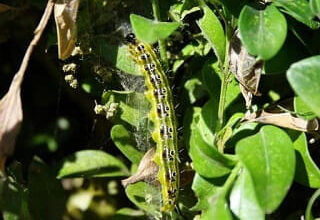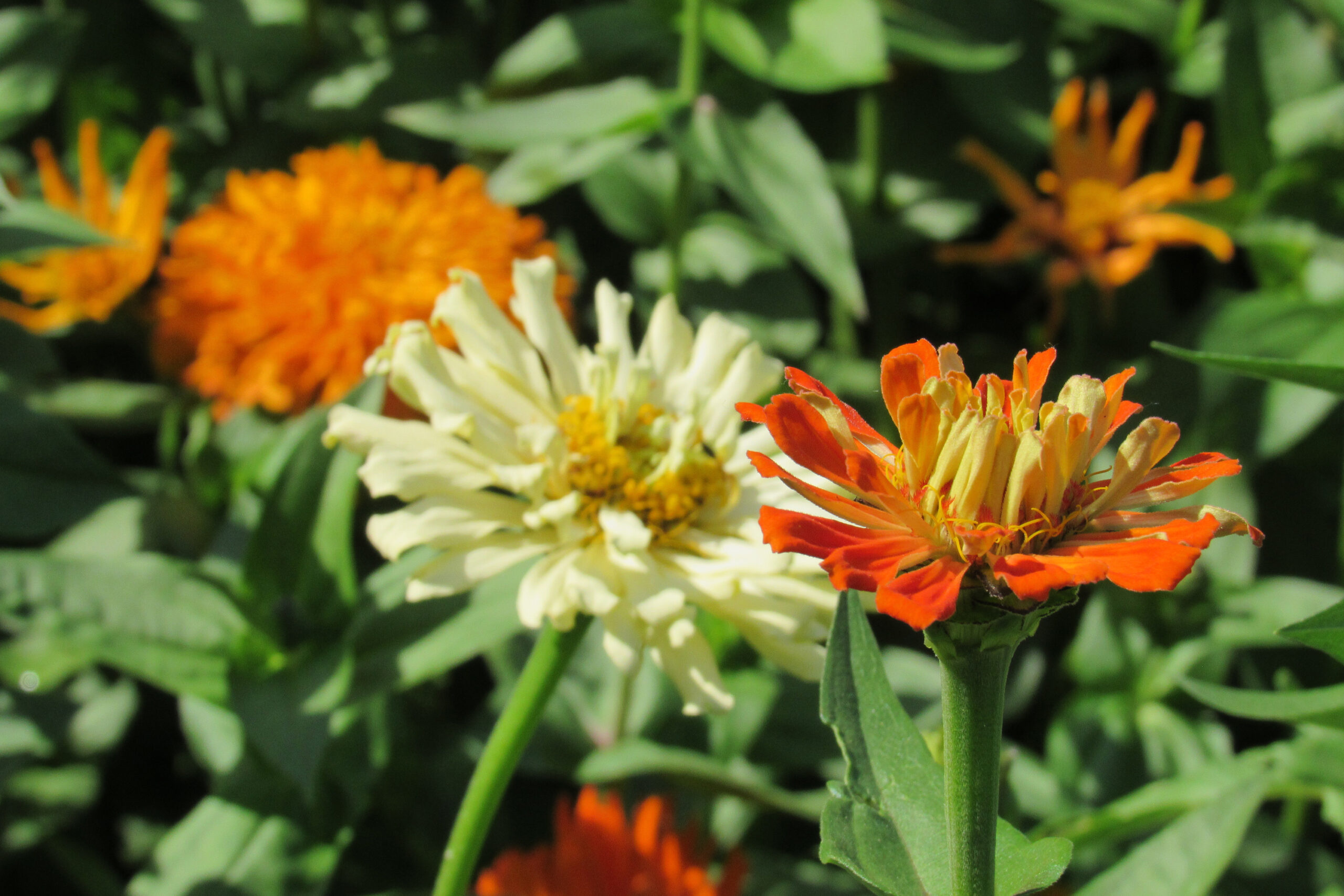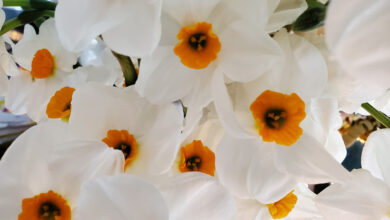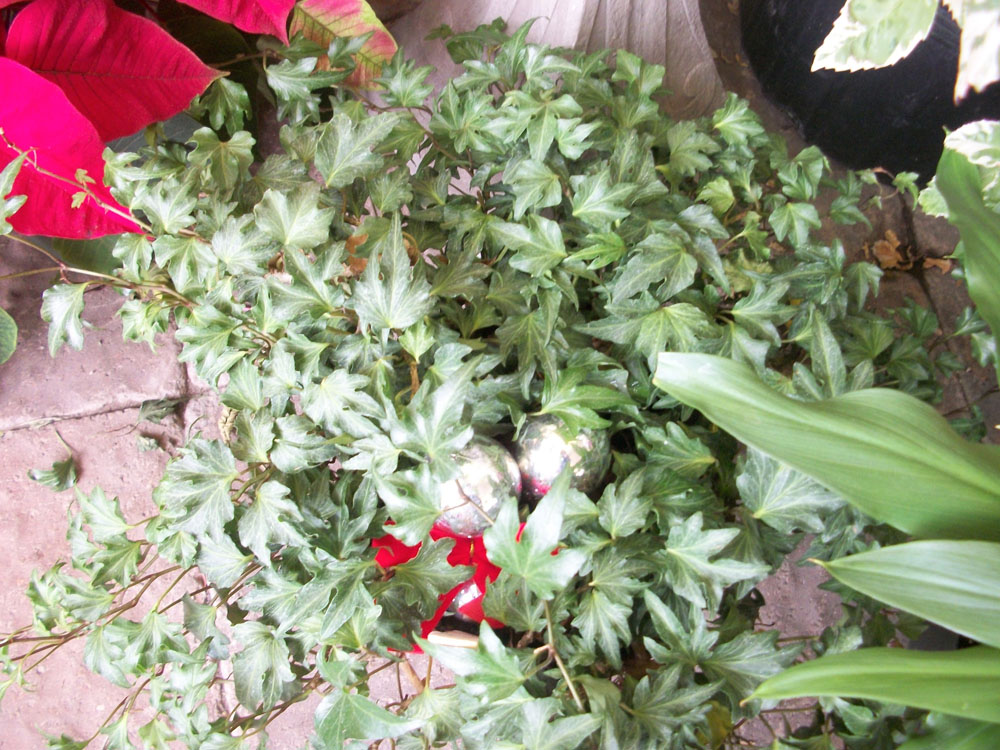Integrated weed management
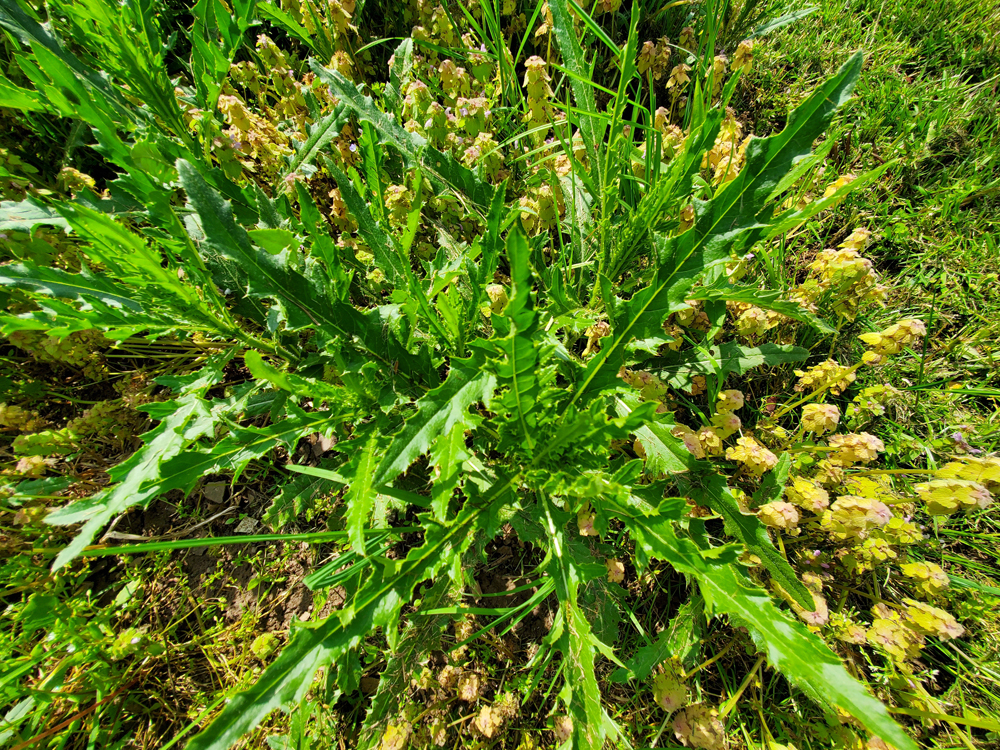
You may be familiar with Integrated Pest Management, an environmentally sensitive approach to managing pests, especially concerning commercially grown crops, but there is also an integrated approach to managing weeds. Washington State University defines an integrated approach to weed management as utilizing a combination of cultural, physical, biological, and chemical methods to provide the best possible weed management in each situation. Integrated weed management is more environmentally sound, Washington State University notes, and more effective than complete reliance on chemical management – utilizing only herbicides. Taking an integrated approach to weed management in your garden can increase the effectiveness of your efforts and reduce the expense associated with herbicide use.
The most important part of the process is identifying what weed species you have growing in your garden. Positive ID of weeds helps you understand their weaknesses and leads to quick and effective management. There are many references available to help with weed identification, including books and educational resources on the internet. Your county Cornell Cooperative Extension office can also assist. When you know the common and scientific names of weeds, you can answer important questions such as if the plant has an annual, biennial, or perennial life cycle; if it spreads aggressively; and which management methods are most effective for its species.
Washington State University says it is important to be realistic when managing weeds. You will not be able to eradicate all of them. The goal, in fact, is not 100 percent control, but to reduce weeds to an acceptable level. Each gardener must set their own threshold: it might be the number of weeds affecting your vegetable harvest or what you can aesthetically tolerate in flower beds.
Here are some non-chemical methods WSU recommends for managing weeds: Weed prevention is one measure. Weeds can be introduced by topsoil, compost, via-seed contaminated clothing or equipment. If possible, try to prevent weeds from being established in the landscape. Avoid bringing soil into your landscape which might be contaminated with weed seeds or plant parts.
The next one is tough, but probably the best all-round way to manage weeds – physical management – including hand weeding, hoeing, cultivating, and mulching. You must be diligent, particularly with perennial weeds like Canada thistle, pigweed, and crabgrass. The root systems of these plants must be starved by frequent pulling, hoeing, or cultivation.
Annual and biennial weed plants such as common ragweed and purple dead nettle (annuals) and burdock (biennial) can be managed by hand-weeding. Again, for perennials, hand weeding must be done frequently to be effective. Hoeing can help manage annual broadleaf weeds and biennial plants in their first season. Hoeing may not be as effective on grasses where the growing point is below the soil line. For perennials, hoe the area frequently.
Cultural weed management includes drip irrigation to minimize water availability to weeds; maintaining healthy plantings to compete more easily with weed species; timing plantings carefully; and interplanting slow-growing vegetables with fast growing types to minimize open areas where weeds thrive.
Additionally, there are biological weed management strategies, but these are not as applicable to homeowners. Biocontrol relies on the action of one or more natural enemies of weed species, such as disease or insects. In places such as pastures, roadsides, and woodlands, Washington State University says, biocontrol is more viable.
Finally, chemical weed management, or the use of herbicides, is the least-preferred management option because of the expense and potential for using them contrary to label directions. If you do resort to herbicides, use only as indicated on the label.



